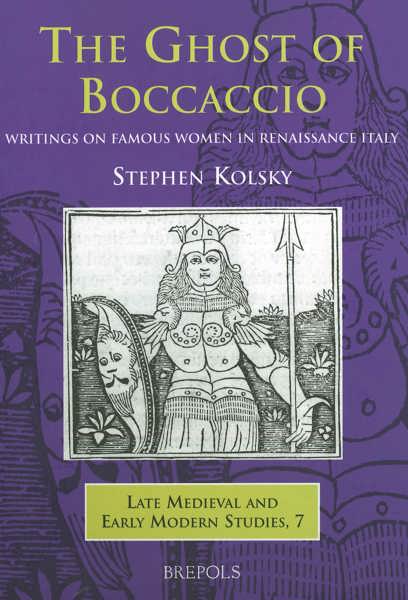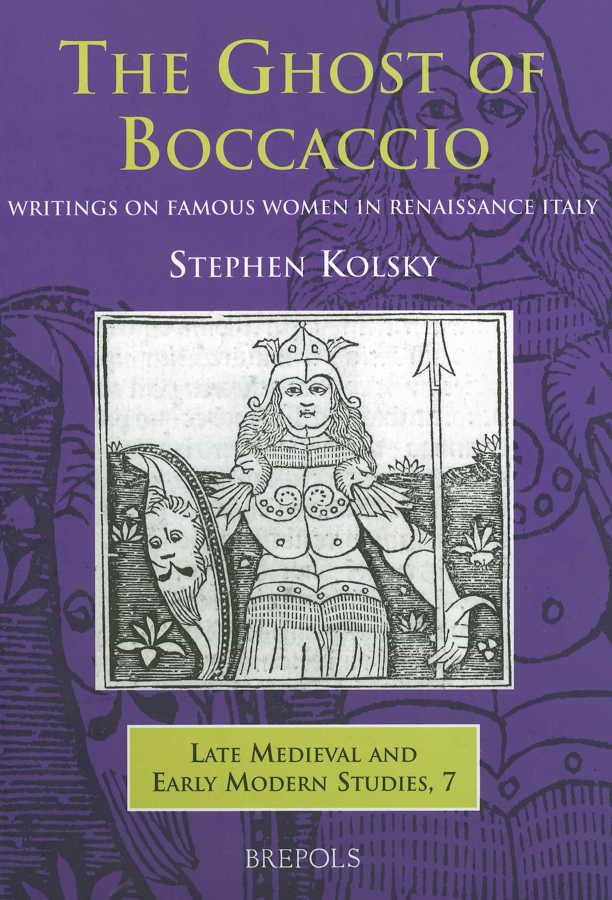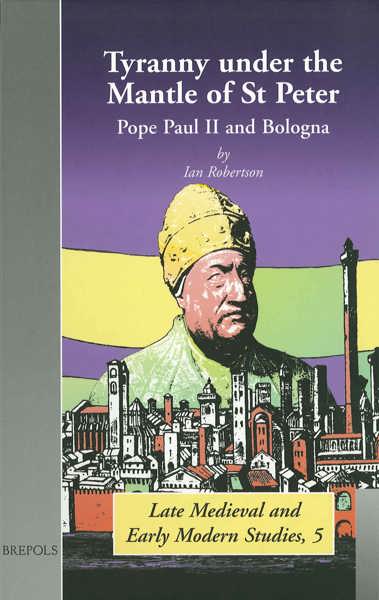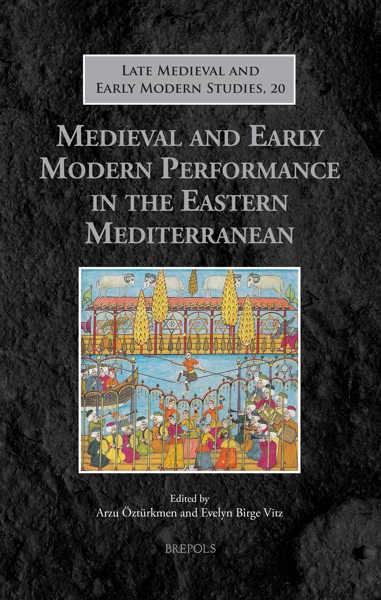
- Pages: 254 p.
- Size:160 x 240 mm
- Illustrations:10 b/w
- Language(s):English, Italian
- Publication Year:2005
- € 45,00 EXCL. VAT RETAIL PRICE
- ISBN: 978-2-503-52190-9
- Hardback
- Available
- € 45,00 EXCL. VAT RETAIL PRICE
- ISBN: 978-2-503-57178-2
- E-book
- Available
The monograph is the first full-length study of the new elaborations of women’s role and potential that were being developed in the north Italian courts in the late-fifteenth and early-sixteenth-century Italy.
"This book should appeal to a broad range of readers interested in the Italian Renaissance and women's studies." (J.A. Cavallo: Renaissance Quarterly, 2006, p. 1173-1175)
"Through illuminating close readings of key texts of the genre, this book offers for the first time to students and scholars alike direct access to primary sources, a number of them unavailable in modern editions." (A. Brundin, in: The Medieval Review, 06.08.18)
This major study looks at the heritage and literary transformation of Giovanni Boccaccio’s De mulieribus claris in late-fifteenth and early-sixteenth-century Italy.
The monograph is the first full-length study of the new elaborations of women’s role and potential that were being developed in the north Italian courts in this period. The Ghost of Boccaccio presents a sustained textual analysis of a selection of male-authored texts. It treats these texts as highly specific events in the development of the querelle des femmes, or ‘the woman question’, providing an important and often neglected Italian context for this question. By analysing these texts together in one volume, this study places them firmly on the scholarly map. They represent an extraordinary variety of voices seeking to be heard about the status of women in Renaissance Italy, ranging from the most conservative to the truly radical. They provide vital perspectives on constructions of women in the Renaissance. A number of these texts also represent a crucial moment in the development of intellectual strategies to challenge the dominant gender ideologies of Renaissance and early modern Europe. The book will be of interest to scholars and students of Renaissance history and culture, Italian studies, neo-Latin studies, and gender studies.




